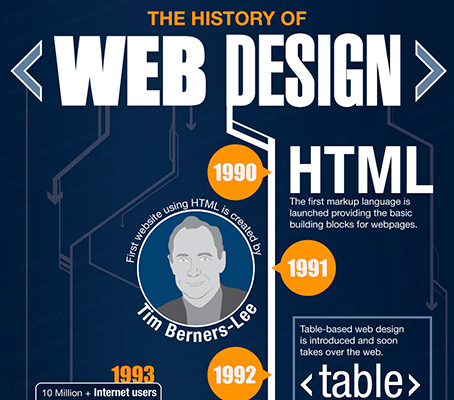Web Site Style Basics: Tips For Structure A User-Friendly Website
Web Site Style Basics: Tips For Structure A User-Friendly Website
Blog Article
Web Content Written By-Hall Daugaard
When it concerns internet site style, guaranteeing user-friendliness is vital. From responsive style to structured navigating, every aspect plays a crucial function in developing a site that accommodates your target market's needs. Yet what concerning the finer details that can make or break an individual's surfing experience? Remain tuned as we uncover some often-overlooked tips that can boost your website's usability to the next level, making it absolutely stick out in the digital landscape.
Value of Responsive Style
Responsive style is a vital element of modern web site growth. Ensuring your website is responsive methods that it can adapt to different display sizes and tools, offering a seamless experience for individuals.
With the increasing use of smartphones and tablets to access the net, having a responsive style is necessary for reaching a larger audience. It helps in enhancing individual experience by making your website easy to browse and read on any type of gadget.
Additionally, responsive style can positively impact your internet search engine positions, as search engines like Google focus on mobile-friendly internet sites. By having a responsive design, you're additionally future-proofing your web site, as new tools with varying screen sizes continue to emerge.
Simplify Navigation Structure
To boost user experience and promote simple accessibility to information on your internet site, simplifying the navigating framework is extremely important. When designing your website, concentrate on creating a clear and instinctive navigation menu that assists visitors discover what they're seeking swiftly.
Limitation the variety of food selection items to the fundamentals, grouping relevant web pages with each other to avoid overwhelming customers. Use descriptive labels that clearly indicate the content of each page, making it much easier for individuals to understand where each web link will certainly take them.
Consider executing dropdown food selections for subcategories to avoid littering the primary navigation bar. In addition, include a search bar plainly on the page for customers that prefer looking for details information.
Focus on mobile responsiveness in your navigating design to make sure simple access on all tools.
Enhance Page Tons Rate
Improving web page tons rate is important for preserving visitors on your web site. Slow-loading web pages irritate individuals and can cause high bounce prices. To enhance seo suggestions for website , begin by optimizing photos. Compress photos without compromising top quality to lower their data dimensions.
Additionally, enable https://www.searchenginewatch.com/2015/01/21/seo-advice-for-the-smb/ caching to store frequently accessed resources in your area, speeding up tons times for returning visitors. Minify CSS, JavaScript, and HTML data by removing unnecessary characters, remarks, and formatting, improving load speed.
Think about utilizing a content delivery network (CDN) to disperse your web site's material across numerous web servers worldwide, minimizing latency for users accessing your site from various locations. https://videomarketinggoogleanaly43197.blogoscience.com/37298511/techniques-for-structure-a-beautiful-web-site-style-that-bewitches-your-audience but not least, restrict making use of third-party manuscripts and plugins, as they can substantially influence lots times.
Conclusion
Finally, by incorporating responsive layout, streamlining navigating, and optimizing web page lots speed, you can develop an easy to use website that attract a wider audience and improves user experience. These essential elements make sure that site visitors can conveniently access and navigate your website throughout different devices, causing increased interaction and fulfillment. By concentrating on these crucial facets, you can build an effective internet site that keeps users coming back for more.
